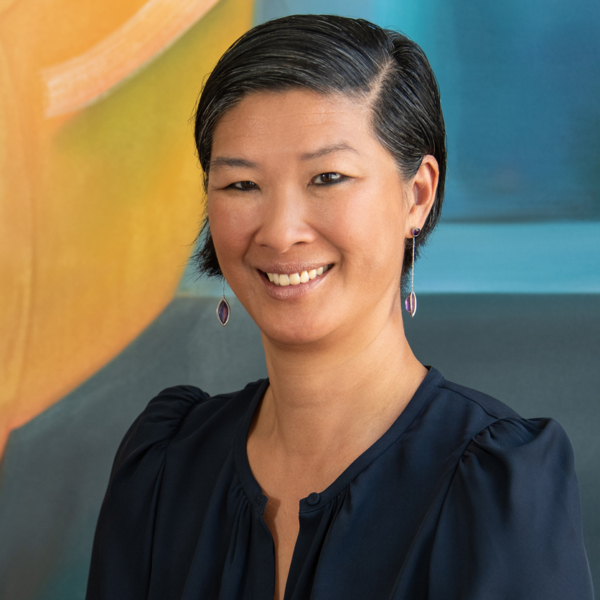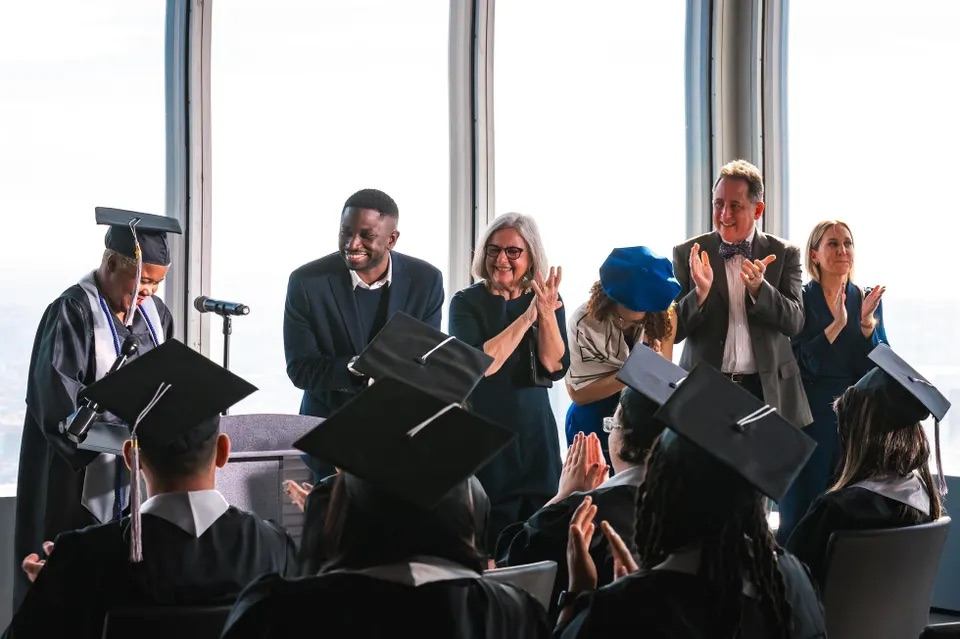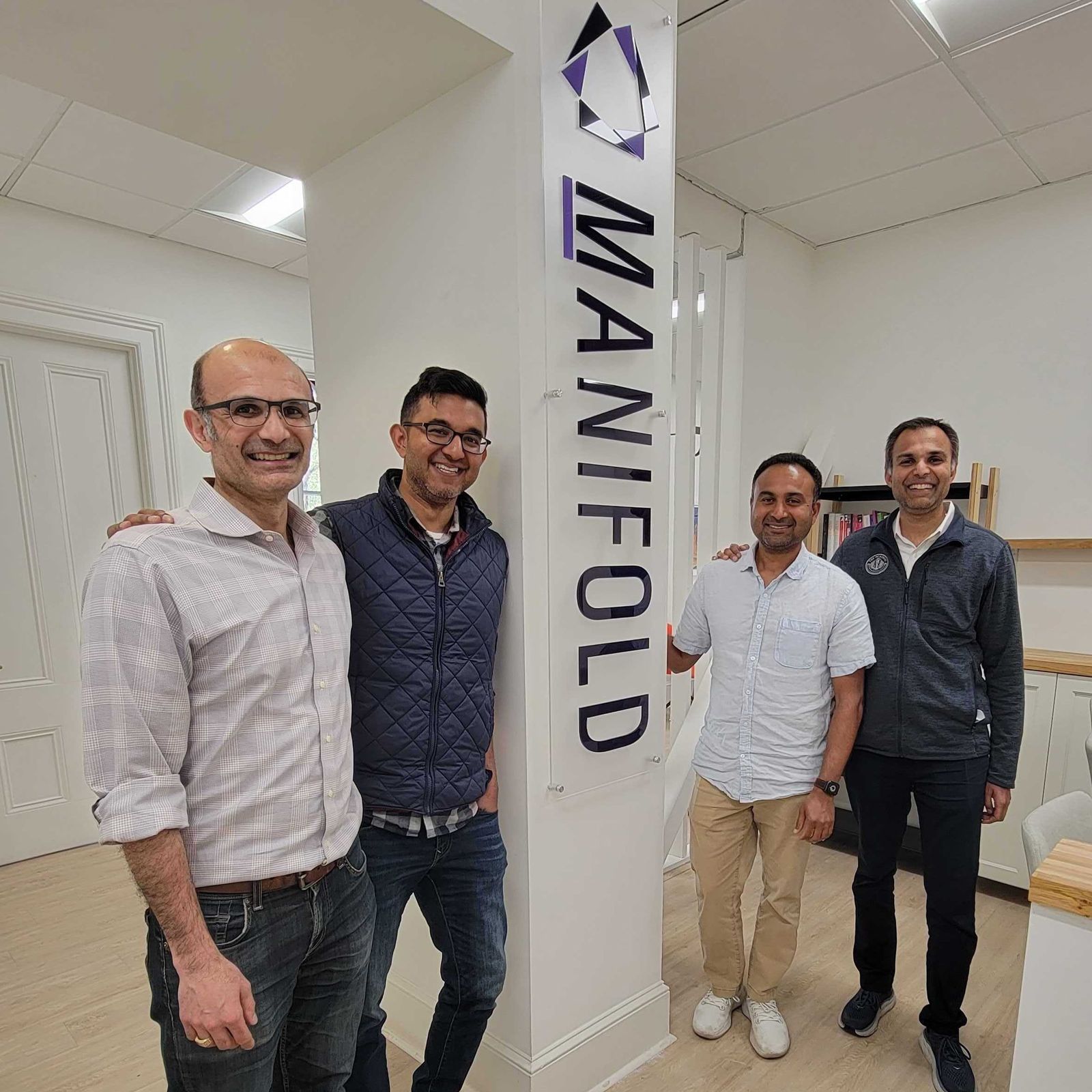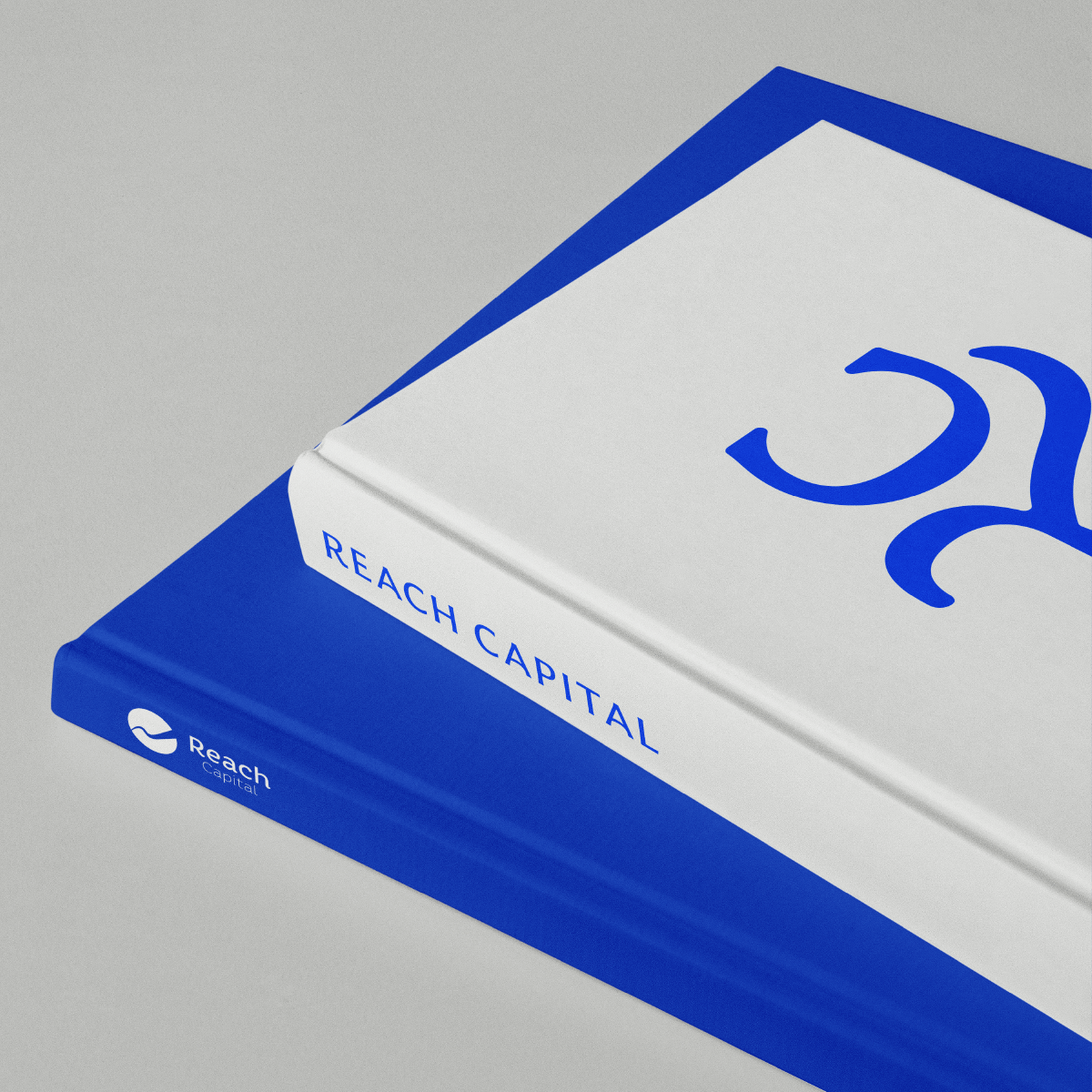ASU President Michael Crow’s Path to Building the ‘New American University’
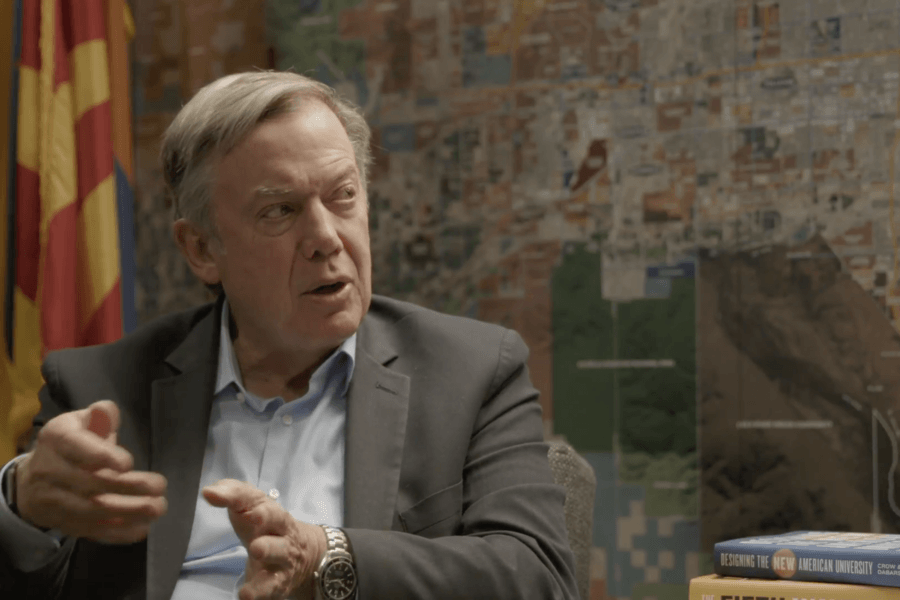
With VR labs, Hollywood creatives, a free freshman-year pathway open to anyone, and a 10 million-square-foot urban project that’s reshaping not just a campus but a city, Arizona State University is by no means traditional.
But neither is its President, Michael Crow. A former D-1 javelin thrower, Crow has long aimed to redefine what a public research university can be, and who it can serve. He has spent two decades challenging some of higher education’s most sacred cows: that excellence requires exclusivity, that research universities must choose between access and impact, that tradition and innovation can’t coexist. Under his leadership, ASU has become one of America’s most expansive institutions and its largest by enrollment.
Earlier this year, we had the privilege to speak with him to learn about his path towards building the “New American University.” For Crow, colleges aren’t just centers of learning; they’re bedrocks of American innovation, scientific breakthroughs, economic advancement and global competitiveness.
Watch the full video below, or read highlights from the interview, edited for clarity.
